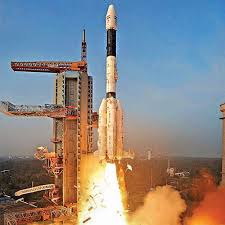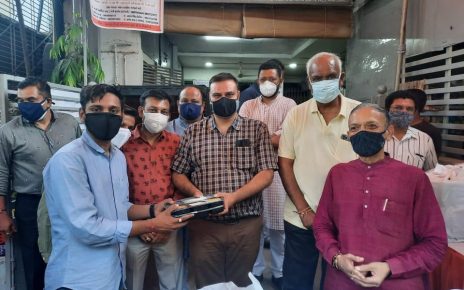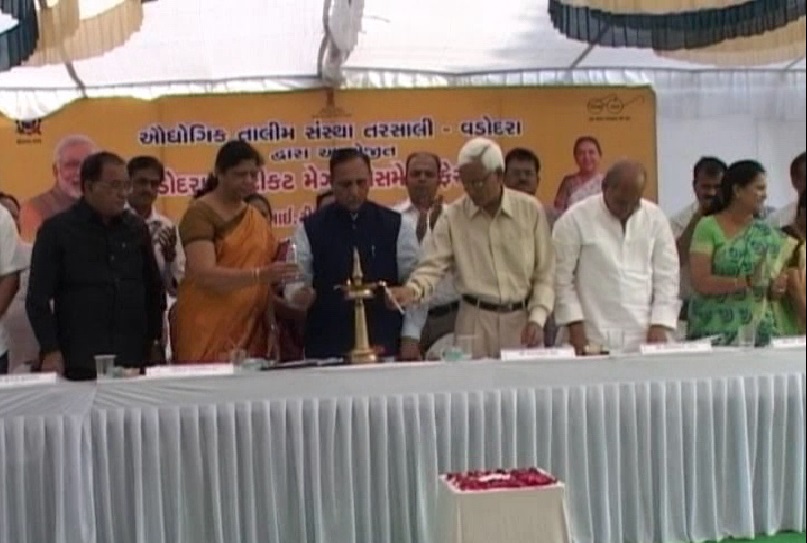In year 2014 Indian Space Mission achieved historical milestones with success of its first inter-planetary Mars Orbiter Mission in its maiden attempt. It was a very busy year for the space sector.ISRO had two successful launches of GSLVs and five foreign satellites in the orbit. Indian space agency conducted test of atmospheric re-entry of a crew module towards realising its ambition to send humans into space.
In 2014 begining, ISRO launched GSLV-D5 through use of indigenous cryogenic technology and injected GSAT-14 communication satellite into the intended orbit, announcing India’s entry into the heavy satellite launch market. It was a major challenge for ISRO since 2001 after multiple unsuccessful attempts. Only two of a total of seven attempts succeeded, four were a failure and another a partial success.
In April, it successfully launched its IRNSS 1B, its second navigational satellite, planned under the Indian Regional Navigation Satellite System (IRNSS). later in June, ISRO launched five foreign satellites for four countries on board PSLV-C23 rocket which placed them in orbit, an achievement described by Prime Minister Narendra Modi as an ‘endorsement’ of the country’s space capabilities.
Besides its primary payload of 714 kg French Earth Observation Satellite SPOT-7, the rocket carried and placed in orbit 14 kg AISAT of Germany, NLS7.1 (CAN-X4) and NLS7.2 (CAN-X5) of Canada, each weighing 15 kg, and the 7 kg VELOX-1 of Singapore.
Biggest of all was in September when the Mars Orbiter Mission was successfully inserted in the red planet’s orbit. ISRO not only received accolades nationally, but also on global platform. ISRO launched communications satellite GSAT-16 by the European launcher Ariane 5 VA221, from the Kourou space port in French Guiana.
Very recently on December 18, initiation towards India’s ambition to send humans into space, the Department of Space tested the atmospheric re-entry of a crew module after its heaviest launch vehicle GSLV Mk-III-capable of carrying heavier payloads up to four tonnes- blasted off from Sriharikota.
Weighing over three tonnes, the 2.7-metre tall cup cake shaped crew module with a diameter of 3.1 metres, which features aluminium alloy internal structure with composite panels and ablative thermal protection systems, was made to safely drop down into the sea by specially-made parachutes.
The experiment also witnessed the largest parachute in action ever made in the country. The main parachute, which helped the crew module touch the waters at around 7 metre/second speed, was 31 metres in diameter.
At the international level, India and China agreed to cooperate on research and development of scientific experiment, remote sensing satellites and communication satellites.In October, India and Mexico formally agreed on a cooperation in areas related to the peaceful use of the outer space, such as remote sensing and satellite communication.
Besides its primary payload of 714 kg French Earth Observation Satellite SPOT-7, the rocket carried and placed in orbit 14 kg AISAT of Germany, NLS7.1 (CAN-X4) and NLS7.2 (CAN-X5) of Canada, each weighing 15 kg, and the 7 kg VELOX-1 of Singapore.
However, its biggest feat came in September when the Mars Orbiter Mission was successfully inserted in the red planet’s orbit. ISRO not only received accolades nationally, but also on global platform.
The space agency also launched communications satellite GSAT-16 by the European launcher Ariane 5 VA221, from the Kourou space port in French Guiana.
GSAT-16’s 48 transponders – 12 in the C band, 12 in the extended C and 24 in the Ku band – cover the entire country and the Andaman & Nicobar islands.
On December 18, taking its baby steps towards realising India’s ambition to send humans into space, the Department of Space tested the atmospheric re-entry of a crew module after its heaviest launch vehicle GSLV Mk-III-capable of carrying heavier payloads up to four tonnes- blasted off from Sriharikota.
Weighing over three tonnes, the 2.7-metre tall cup cake shaped crew module with a diameter of 3.1 metres, which features aluminium alloy internal structure with composite panels and ablative thermal protection systems, was made to safely drop down into the sea by specially-made parachutes.
The experiment also witnessed the largest parachute in action ever made in the country. The main parachute, which helped the crew module touch the waters at around 7 metre/second speed, was 31 metres in diameter.
At the international level, India and China agreed to cooperate on research and development of scientific experiment, remote sensing satellites and communication satellites.
In October, India and Mexico formally agreed on a cooperation in areas related to the peaceful use of the outer space, such as remote sensing and satellite communication.
More from lifestyle
Horoscope: By Peter Vidal
SAGITTARIUS The Moon’s tricky relationship with your sign may set you on edge but, if you give in to your emotions, you may feel a whole lot better. You should already have a date in your mind for… read more







